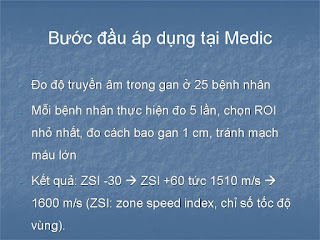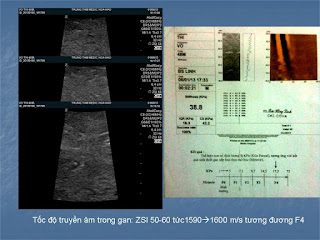OBJECTIVE. The purpose of our study was to determine, first,
if gallbladder wall striations in patients with sonographic fndings suspicious
for acute cholecystitis are associated with gangrenous changes and certain
histologic features; and, second, if WBC count or other sonographic fndings are
associated with gangrenous cholecystitis.
MATERIALS AND METHODS. Sixty-eight patients who underwent
cholecystectomies within 48 hours of sonography comprised the study group.
Sonograms and reports were reviewed for wall thickness, striations, Murphy
sign, pericholecystic fluid, wall irregularity, intraluminal membranes, and
luminal short-axis diameter. Medical records were reviewed for WBC count and
pathology reports for the diagnosis. Histologic specimens were reviewed for
pathologic changes. Statistical analyses tested for associations between
nongangrenous
and gangrenous cholecystitis and sonographic fndings and for
associations between wall striations and histologic features.
RESULTS. Ten patients had gangrenous cholecystitis and 57,
nongangrenous cholecystitis. One had cholesterolosis. Thirty patients had wall
striations: 60% had gangrenous and 42% nongangrenous cholecystitis. There was
no association with the pathology diagnosis (p = 0.32). There was no
association between any histologic feature and wall striations (p ≥ 0.19).
A Murphy sign was reported in 70% of patients with
gangrenous cholecystitis and in 82% with nongangrenous cholecystitis; there was
no association with the pathology diagnosis (p = 0.39). Wall thickness and WBC
count were greater in patients with gangrenous cholecystitis than in those with
nongangrenous cholecystitis (p ≤ 0.04).
CONCLUSION. Gallbladder wall thickening and increased WBC
counts were associated with gangrenous cholecystitis; however, there was
considerable overlap between the two groups. Wall striations and a negative
Murphy sign were not associated with gangrenous cholecystitis.
















